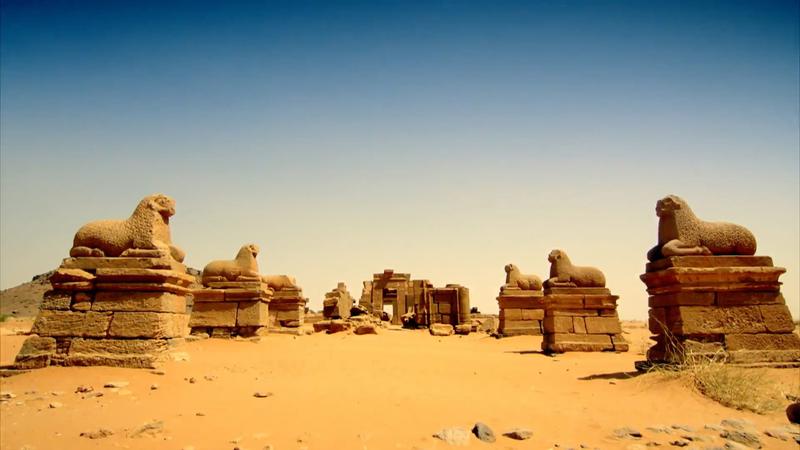In China, the greatest astronomer of the Middle Kingdom was Tcheou Kong, the brother of Emperor Wou Wang who lived in the eleventh century before our era. He built an observatory in the city of Honan-fu, determined the position of the solstices, discovered the latitude, and deduced the inclination of the axis of the Earth by means of a gnomon.
Although Confucius (seventh before our era) bequeathed to us collections of astronomy accounting for celestial phenomena, in particular solar eclipses, it is especially from the fourth century before our era that the astronomers of the imperial court determined the dates of solstices and equinoxes, eclipses, the passage of comets, the appearance of novae and sunspots.
A little earlier, in 460 BCE, they had already discovered that the Polar Star was describing a small circle on the sky, but it was not until Tsu Chong, in AD 66, to discover the sway of the Earth, the precession of the equinoxes, two centuries after the discovery of Hipparchus.
In the 8th century AD, Huang Ti, known as the Yellow Emperor, introduced the 19-year-old lunar cycle and took intercalary months into his Chinese calendar, much as we take leap years into account to maintain coherence between our calendar and the cycle of revolution of the Earth around the Sun.
However, the Chinese will be the least good mathematicians of antiquity, because although they knew the decimal numerical system, they worked on abacus and divided the circle in 365.25 parts rather than 360, by reference to the cycle of their calendar.
That said, they were famous craftsmen and left us many measuring instruments, such as hourglass, compass, level, compass and abacus, not to mention gunpowder, pasta or ink. Unfortunately, astronomy collapsed during the Ming Dynasty between the fourteenth and seventeenth centuries. It is with the arrival of the Jesuits that Chinese astronomy found a second wind from 1629.
Hindu astronomy also stood out at the beginning of the Christian era. Two epochs mark its history.
Prior to the fourth century BC, astronomical concepts were mixed with mythology (astrology) and it was not until the expeditions of Alexander the Great that Greek ideas entered India, already well ahead of the mathematics.
The Siddhânta represent the oldest astronomical treatises, whose first book dates back to the fifth century AD. These compilations record the procedures for determining the position of bright stars and planets, and the construction of time and planetary positions. Among these are several well-known astronomers: the water clepsydra, the gnomon or the lunar zodiac.

elung
I like this
Good
what
Wow
Thanks
tyyy
aaa
Neat
good